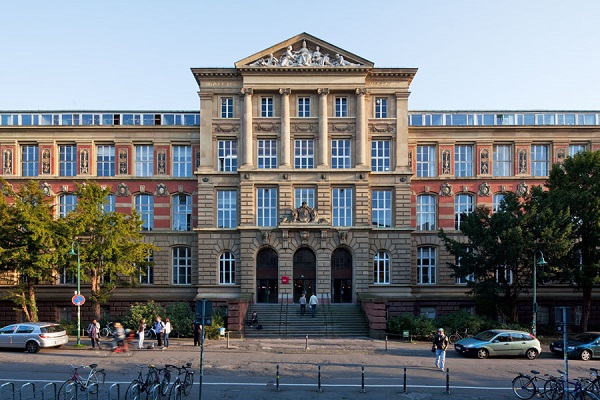The “Higher Trade School” was established in the Hessian city in the early 1800s, which is when the Technical University of Darmstadt (TU Darmstadt) had its start. But TU didn’t really start to take shape until Grand Duke Ludwig IV of Hesse upgraded the “Grand-Ducal Hessian Polytechnic School” to a higher education facility in 1877. 120 years later, it adopted its current name, emphasising that it is a university. The university’s academic programme is centred on technology, with engineering strongly entwined with the natural sciences, social sciences, and humanities. The school has kept up a variety of strategic alliances with businesses and research organisations to expand its knowledge, and the university is a driving force for technological and economic development in the Frankfurt-Rhein-Neckar metropolitan area. The university’s 112 degree programmes give its 25,000+ students access to a wide range of subject areas. There are 161 buildings and more than 300,000 square metres of usable space spread over five locations at the university. Few institutions can claim to have their own airfield, but since 2005 the university has owned the oldest airstrip in Germany, which was given the name August Euler in honour of the aviation pioneer. Aeronautics and aircraft engineering courses both use it. The core of TU’s goal, which is research, is built on a number of fields with societal implications, including computational engineering, future energy systems, and cyber security. With Peter Grünberg’s 2007 Nobel Prize in Physics, its alumni have continued this civic participation legacy. The architect who created the Olympic Park for the 1972 Munich Games was Günter Behnisch, a professor of architectural/building design at TU Darmstadt. The Reader novelist and professor Bernhard Schlink served as a research assistant at the organisation.
- Call us on +91 85859 54773
- email us at counsellors@eugateway.in


